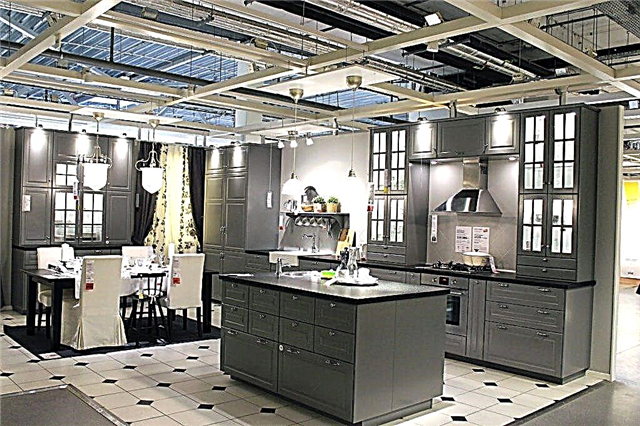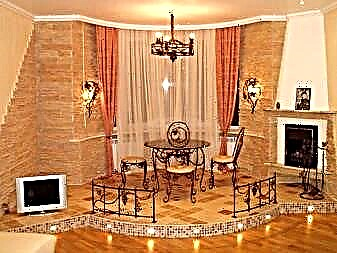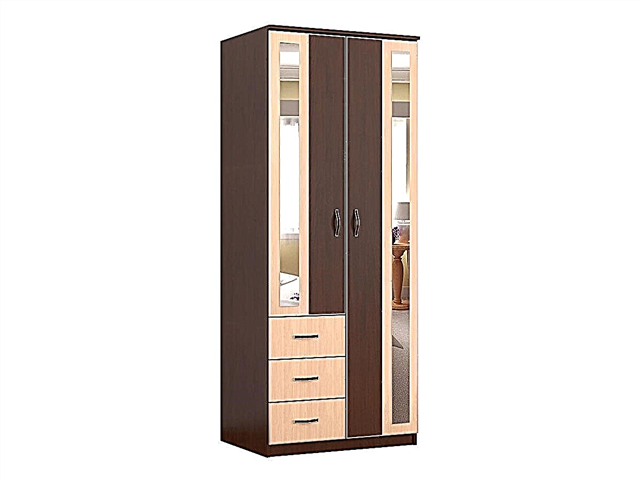A free 8-800 number is available on the seller’s website.
To go to the site, click "To shop"
A one-click order is available on the seller’s website.
To go to the site, click "To shop"

A one-click order is available on the seller’s website.
To go to the site, click "To shop"
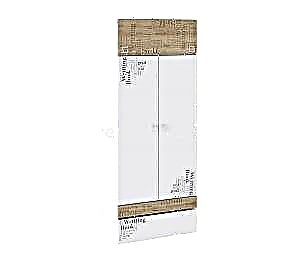
A one-click order is available on the seller’s website.
To go to the site, click "To shop"
Online seller is available on the seller’s website.
To go to the site, click "To shop"
Online seller is available on the seller’s website.
To go to the site, click "To shop"
A one-click order is available on the seller’s website.
To go to the site, click "To shop"
Online seller is available on the seller’s website.
To go to the site, click "To shop"
A one-click order is available on the seller’s website.
To go to the site, click "To shop"
A one-click order is available on the seller’s website.
To go to the site, click "To shop"
Online seller is available on the seller’s website.
To go to the site, click "To shop"
A free 8-800 number is available on the seller’s website.
To go to the site, click "To shop"
A one-click order is available on the seller’s website.
To go to the site, click "To shop"
Wardrobe in the interior of a children's room
The choice of a place for storing things requires taking into account the particularities of using furniture. First of all, it is worth taking care of safety: rounded, smooth lines, environmentally friendly materials, the absence of glasses and mirrors if possible. The minimum number of accessories on the outside, the reliable fastening of shelves and drawers also contribute to this.
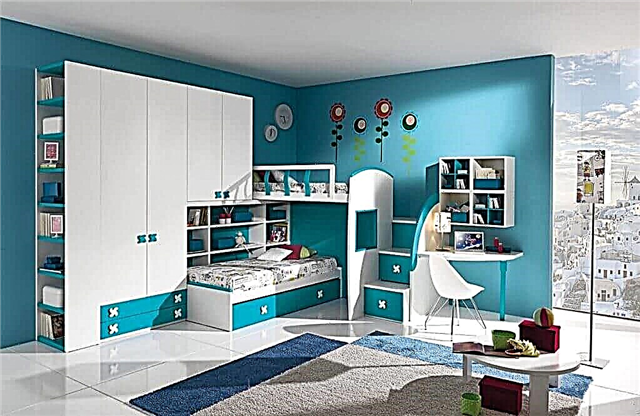
Stability guarantees the correct ratio of geometric dimensions and increased foot area.
Capacity and functionality are also an important criterion, since the task is to hide a large number of things in the bowels of the closet.
Furniture design must be chosen taking into account the wishes of the child.
How to choose a children's wardrobe for clothes - types and classification
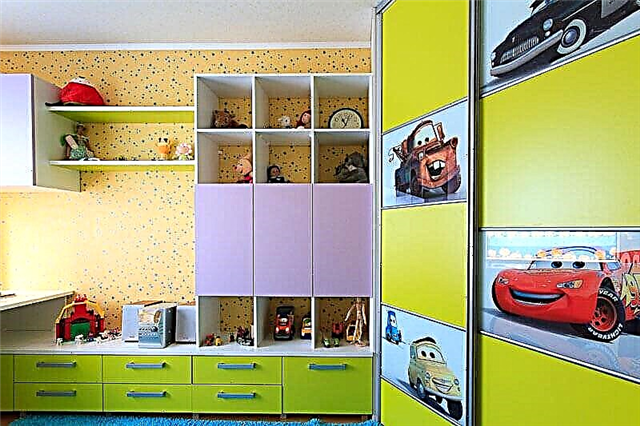
Cases for clothes are divided into several categories.
- The wardrobe option is a freestanding piece of furniture. Its design includes: rear and side walls, bottom, top cover, doors.
- Sliding wardrobe will please with bigger capacity. It can be case or partially built-in. In the second case, the role of some surfaces is played by walls.
- The presence of a niche, partition or other suitable architectural elements allows you to create a fully built-in wardrobe or mini-wardrobe room.
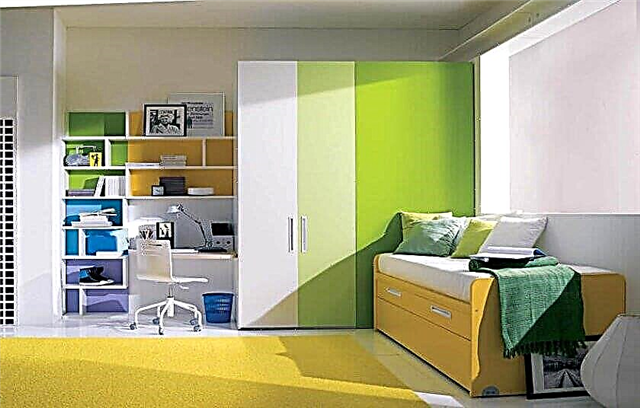
It will be easier to choose a wardrobe for the nursery after familiarizing yourself with the types of materials used to make the frame and decorating the facade, variations in internal content, and sash opening systems.
Features
The main and necessary feature of the children's wardrobe is its safety. In order to meet this requirement, you need to consider some of the nuances of choosing such furniture:
- Carefully consider the selection of materials - it should be environmentally friendly MDF or a more expensive option - solid wood,
- From the point of view of physical features, it is recommended to abandon the use of inserts from mirrors, glass, corners and bevels in the design of a children's wardrobe.
- When choosing accessories, it makes sense to give preference to simpler and more durable options that can not harm the child.
- The design as a whole must necessarily be strong, stable. The fasteners must be reliable, wear-resistant, because they will fall on a rather serious daily load.

Particularly attentive to these tips for choosing safe furniture is to listen to the parents of young children. Kids are just starting to master the world around them and therefore the closet is for them not so much an item for storing clothes, but a place for all kinds of games. An illiterate design, irrationally selected elements of furniture or accessories can injure a child, cause injuries.
As the child grows older, these recommendations can be neglected somewhat.
How to choose?
It’s easy to figure out which wardrobe is right for your child. The main thing is to decide what kind of wardrobe it will be: wardrobe or general purpose. It is also important to determine how many children (one or two, or maybe more) this element of furniture is designed. There are several necessary aspects, understanding which it will be easier to make the right choice.
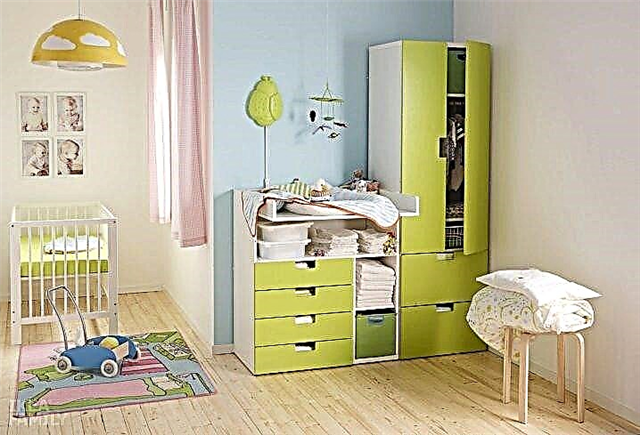
The most popular is the classic freestanding wardrobe. Modern classic cabinets conditionally can be divided into several types:
The cabinet may have conventional swing doors or more functional sliding doors. Casement cabinets are in demand and universal. You can conveniently place a large number of things in them, pick up the content of the cabinet for placement on hangers, in drawers or on shelves.

In turn, casement cabinets differ in the number of leaves:
- The best option is a three-leaf cabinet: two sashes for clothes on hangers (top and second layer) and a sash with shelves and drawers. Such a closet will successfully fit into most interiors not only in a children's room, but also in an adult or hallway.
- If space does not allow, instead of a tricuspid wardrobe for clothes, you can choose a bivalve.
- A 1-case cabinet will be quite small; it is suitable for small rooms and a small amount of clothing.

For a children's room for two or more children, a sectional closet is suitable. Its feature is the division into sections: each child has its own compartment. You can beat each part in a different color, depending on the preferences of the small hosts. In such cabinets, as a rule, drawers are used in the lower part, and the upper compartment is designed to store things on hangers. Typically, the doors of sectional cabinets open in one direction, and the filling of each section is identical.
At the request of the client, 1-, 2-, 3-section cabinet can be made. Several 3 sectional cabinets, put together are used, for example, to equip the locker room in kindergarten. A 1-section wardrobe cannot be called too roomy; only a small number of things will fit there.
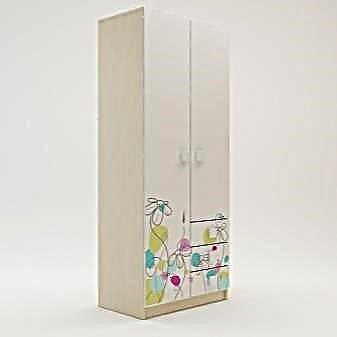

Any nursery, regardless of which cabinet you pick up there, can be harmoniously supplemented with a shelf - stationery, books, toys, and maybe cups or other items of pride of a growing person are stored here. The feature of the shelving is that the contents of their shelves are publicly available.

Combined options for children's wardrobes look interesting: a rack (open shelves) alternate with lockers (closed shelves).

If the rack has too many open shelves, they can be “closed” with special drawers or wardrobe trunks, in which everything your heart desires: clothes, shoes, books, toys and so on.

If the classic is not for you, then models of built-in furniture for clothes or corner cabinets are what you are looking for.
Rational parents will like built-in wardrobes, because in this way you can save space in the room. Such pieces of furniture are made to order strictly according to the size of the customer and are used in a niche near doors or in difficult corners. In a word all free space from floor to ceiling is reserved for shelves and drawers. In addition, the originality and personality of the project will surely appeal to demanding teenagers.
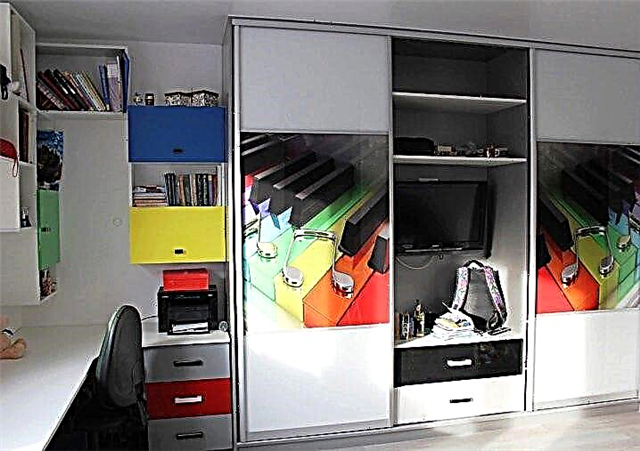
An empty corner in the children's room can be occupied by a corner cupboard. If it does not bother you that it will not be possible to move, feel free to experiment. Such a cabinet will be deep and very roomy.

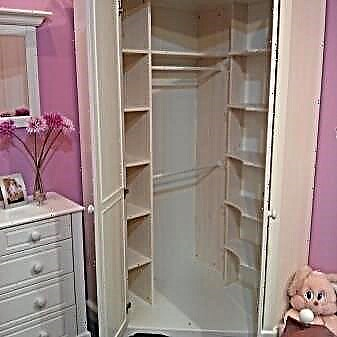
Dimensions
Furniture is always selected according to the size of the room. It is quite clear that you should not put a bulky closet in a small room, because in this case the child simply will not have free space for life.
A low cabinet can be used in a preschooler's room: it will be convenient for the child to use such a piece of furniture on his own; reaching out to each shelf will not be difficult for him. Also, the upper part of the low cabinet can be functionally used as a place for the “exhibition” of photographs, cups, crafts - all that you want to boast of, something to be proud of. And items that are not intended for independent use by the child can be removed to the closet where the child’s reach zone ends.

A tall wardrobe is suitable for older children or in a room for shared accommodation. Remember that the higher the cabinet, the more stable it should be.
The depth of the cabinet may vary depending on the purpose of its use. A shallow cabinet is rather inconvenient, although, again, it all depends on the capabilities of the room. It is convenient to store bedclothes in deep pull-out shelves; non-seasonal clothes are also stored there.
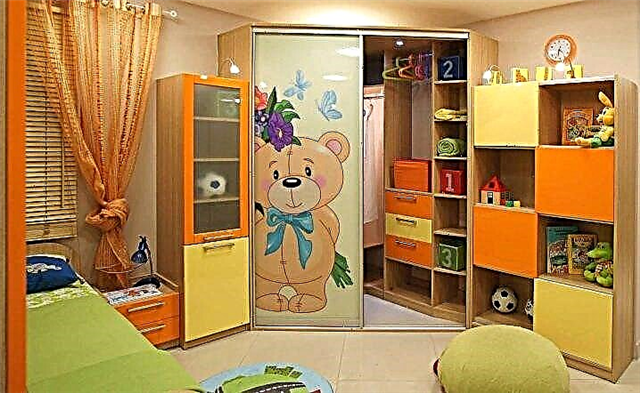
Materials
Let us dwell in more detail on what cabinets are made of. The most environmentally friendly, reliable, durable, beautiful and usually expensive materials are natural. It is recommended for children’s room to select furniture made of natural wood - alder, maple, birch, beech, walnut. In addition, it is recommended to cover furniture made from natural wood with varnish or water-based paint. Thus, it will be possible to reduce the risk of allergic reactions of the baby.
Cheaper, but practically not inferior in quality to natural wood furniture models are made of MDF. Such cabinets will please their owner for a long time with external attractiveness, durability, ease of care.

It is undesirable to purchase furniture in a nursery from particleboard. Although such furniture is quite cheap, it should be remembered that formaldehyde resins are used in the manufacture of particleboard, so such a cabinet can emit harmful substances. There are high-quality models of particleboard, in which the content of harmful substances is not so high, they belong to class E1.
If you still decide to buy a cabinet precisely from particleboard, pay attention to the processing of the edge of the canvas: they must be tightly sealed with veneer, film or plastic.
The next important step in the selection of a cabinet in a nursery is the choice of its color. General recommendations are as follows - the darker the room, the brighter the cabinet. This is especially true for the child’s room, because it is there that he spends most of his time.

White cabinets will fit into any interior, where at least bright, at least a neutral shade of the wall. The white cabinet doors can be additionally decorated with decorative stickers on various topics: favorite cartoon characters or abstract plots. If all the furniture and walls are painted white, the room runs the risk of becoming a kind of hospital ward and is unlikely to cause a feeling of comfort. In addition, in such a room obviously have to clean very, very often. Perhaps the exception in this case may be the room of a newborn baby.

Excessively bright colors of furniture and walls at the same time can unnecessarily overload the fragile psyche of a child. It is best to choose the calm colors of the interior, which will help the child relax in his room, feel protected and confident.
The presence of bright accents in the room is not denied. With the general calm background of wallpaper, ceiling and floor, you can highlight the cabinet or work area in bright colors. The general recommendation regarding the use of color in the life of a child of any age is as follows: no need to go in cycles in one color, traditional for this or that sex. If the room belongs to the girl, this does not mean that everything from floor to ceiling in it should be pink. The option “50 shades of blue” in the room for the boy is also not suitable. Such totalitarianism when choosing a color leads to the fact that a grown-up child has a hard time forming a sense of style.
With a preschooler and with a child of a more conscious age, you can safely discuss the color schemes of the room and its features.

Filling
When deciding to fill a children's wardrobe, you need to think in advance how many things it will be used for. Whether it will be only wardrobe items or in the closet you need to fit everything to the maximum: bedding, toys and school supplies. A cabinet with drawers will fit a large number of things. Here you only need to take into account the age of the child - the baby can’t cope with such drawers on his own, so you should not remove the essentials in them.
Also pay attention to accessories - on the drawers, the handles must be strong, their fastenings are reliable and durable.

How to lay out clothes?
Properly laid out things in the children's closet can save a lot of time when gathering in the garden, school, clinic, guests. And the eye rejoices if order and harmony reign on the shelves and hangers. To achieve this, several rules will help:
- Non-seasonal items are stored for storage on the highest shelves. Down jackets, hats and scarves are not relevant in the summer, so you can hide them away and temporarily forget about them.
- The second rule logically follows from the first rule: seasonal things are laid out closer. It is convenient when things are arranged in the order in which they should be worn. For example: T-shirts for t-shirts, sweaters for sweaters.
- Some particularly pedantic or simply creative natures also prefer to lay things out by color. This approach pleases the eye, raises the mood and allows you to quickly find the right thing.

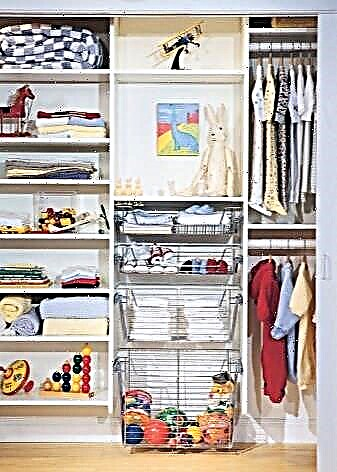
- Underwear needs a separate shelf or drawer.
- Socks and tights are conveniently stored in baskets and containers. For ease of search, you can sign them. Remember that you need to disassemble the socks in pairs immediately after washing and drying, so that at the crucial moment you do not spend precious minutes looking for the right pair.
- Accessories (belts, ties, scarves) will not take up much space if you hang them on special bars on the cabinet door.
- Ceremonial things deserve a separate place. From the elementary grades, it is very important for schoolchildren to be taught to hang school uniforms on hangers.


How to lay out baby clothes so that it is convenient for both mom and baby? Good advice is presented in the next video.
Frame of children's wardrobes for clothes - forms, dimensions, materials
In the manufacture of furniture cabinets, various materials are used. A variety of options allows you to purchase a children's wardrobe for every taste and budget.

Such types are suitable for the manufacture of the frame.
- Laminated chipboard has a long service life and affordable price, it is used for walls, bottom, ceiling and shelves. It is worth paying attention to the possibility of emitting harmful substances, which is unacceptable for a children's room. Only certain types of particleboard have a hygiene certificate.
- From the fiberboard, the back wall and the bottoms of the boxes are usually made.
- MDF is considered a more popular option due to the absence of harmful fumes and a variety of outdoor designs.
- Natural wood will ensure environmental safety, reliability and long life. The disadvantages include high cost, significant weight and complex care measures.
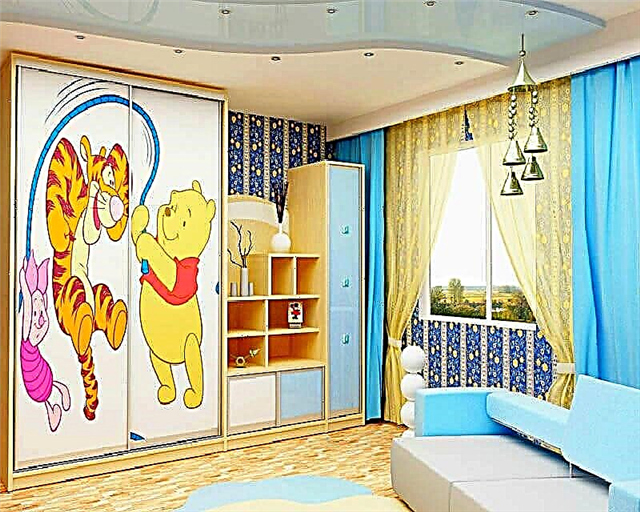
Direct models consist of several compartments. The rigidity is created by ribs located between the sections. The corner cabinet is more complicated in execution, since it is necessary to provide access to all corners of the internal volume, while maintaining its reliability and stability. However, this model saves space and involves the corner of the room, which is usually empty. Another option is to combine several modules.This approach makes it possible to create a unique interior depending on the geometry of the room.
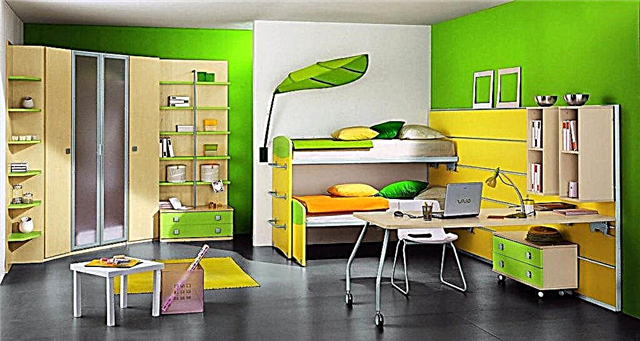
The dimensions of the finished furniture are calculated according to the rules of ergonomics. Dimensions are determined by the number of wings (the width of one is approximately 50 cm). You can choose a children's wardrobe with one, two, three and even five doors. Depth determines the usable volume and way of organizing the storage system. This figure is 40 or 60 cm.
The height of the piece of furniture in the nursery should be consistent with the height of the child. If the product is bought with perspective, then at first the lower space is given to the possession of a small person, and as it grows, the boundaries expand.

Typical sizes of sliding wardrobes:
- height 2.4—2.5 m,
- depth 0.6 m
- shelf length from 0.45 to 1 m, width - 0.5 m,
- the bar is 0.8-1 m,
- the distance between the rods is 0.8 m or 1.6 m depending on the length of the clothes,
- drawers with a height of 0.1-0.3 m, a width of 0.4-0.8 m.
Internal filling - types of clothes storage systems

Internal filling must meet the requirements. Children's wardrobe for clothes needs a variety of equipment. In this regard, it is practically no different from adult models.
- The rod in the form of a pipe with a diameter of 2.5 cm, depending on the depth of the product is installed along or across. In the second case, it is supplemented by a mechanism that ensures the extension of the structure. It is desirable that the height position can be changed according to the height of the child.
- Shelves in the middle are used for clothing, bedding, etc.
- Shoe space is provided on several mesh shelves at the bottom.
- It is more convenient to place linen and other objects in drawers, baskets, plastic boxes.
- A shelf at the top or a mezzanine is suitable for things that are not often used.

The principles of arranging the interior space of the cabinet for a boy and a girl are different. A small man will have enough of a bar, several crossbeams for trousers, 2-3 shelves for clothes and a pair of shoe racks. The young lady will need more space to hang all the outfits, and you should also take care of the small drawers for jewelry, shelves for bags and other accessories. The presence of a mirror is a prerequisite.

